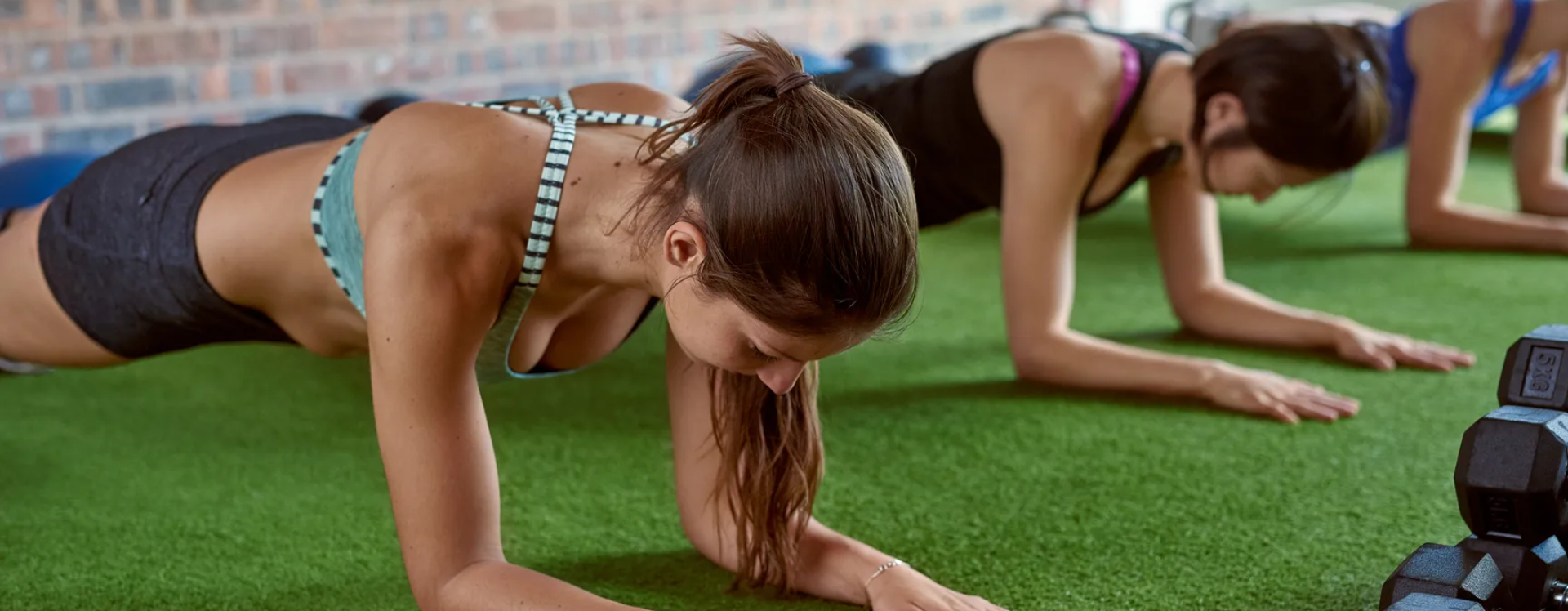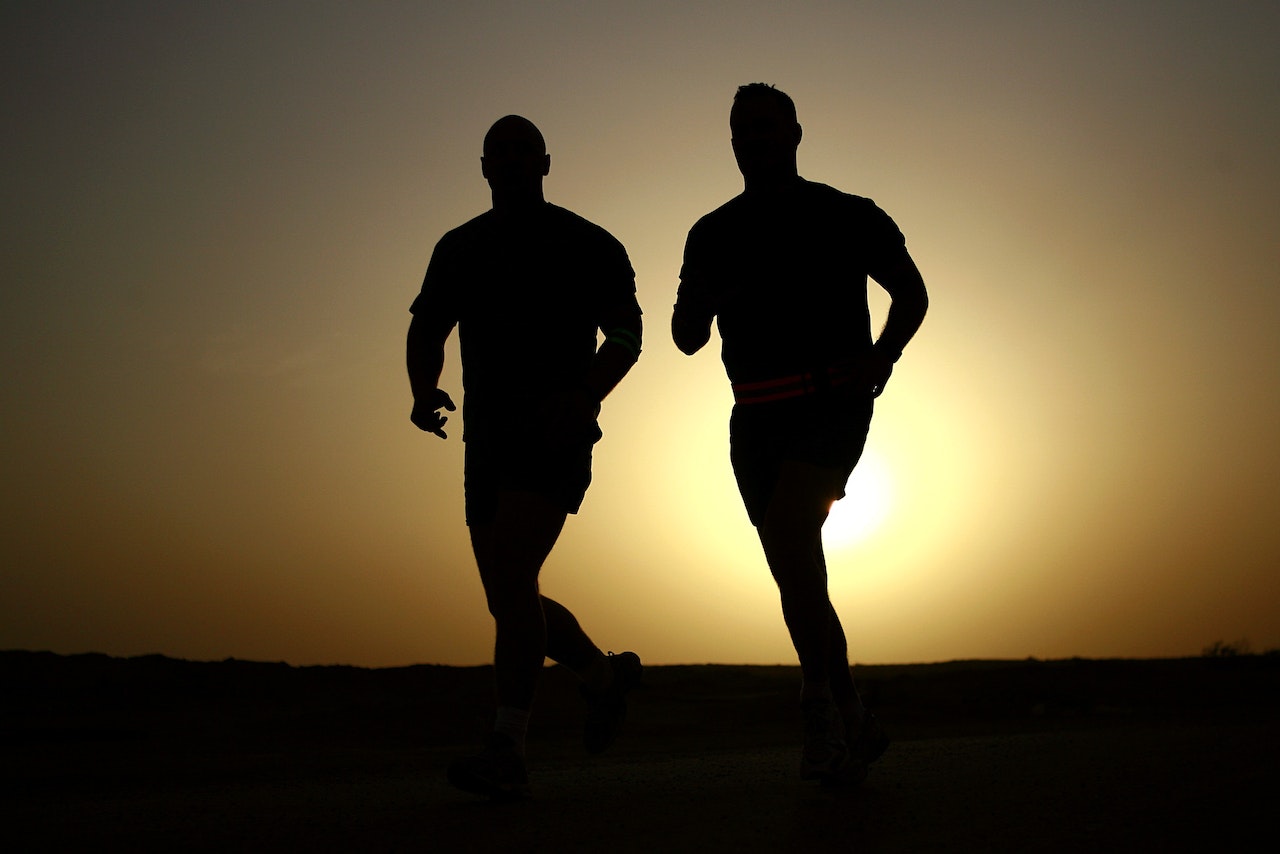Are you ready to kick your weight loss journey into high gear? Boot camp-style circuits are an excellent way to challenge your body, burn calories, and achieve your fitness goals. Having experienced the effectiveness of boot camp circuits myself, I’m excited to share with you some of my favorite routines that will help you shed those extra pounds. In this listicle, we’ll explore a variety of high-intensity circuits that combine strength training and cardio exercises to maximize your calorie burn and boost your metabolism. Let’s dive in!

1. Full-Body Circuit
The full-body circuit is designed to engage multiple muscle groups and elevate your heart rate for maximum calorie burn. It consists of a series of exercises performed back-to-back with minimal rest in between. Start with a dynamic warm-up to prepare your body for the workout, then move on to the following exercises:
- Push-ups: 10-12 reps
- Squats: 12-15 reps
- Mountain climbers: 30 seconds
- Jumping lunges: 10-12 reps per leg
- Plank: 30 seconds
- Burpees: 10 reps
Perform each exercise one after the other, resting for 30-60 seconds at the end of the circuit. Complete 3-4 rounds of the circuit for an intense full-body workout. This circuit targets your upper body, lower body, core, and cardiovascular system, making it a highly effective routine for weight loss.
1.1 Modifications and Progressions
If you’re a beginner, you can modify the circuit by reducing the number of reps or performing easier variations of the exercises. For example, you can do push-ups from your knees, regular squats instead of jumping lunges, or modify burpees by stepping back instead of jumping back. As you progress and become more comfortable with the exercises, challenge yourself by increasing the reps, adding weights, or incorporating more advanced variations.
2. HIIT Circuit
High-Intensity Interval Training (HIIT) circuits are known for their calorie-torching abilities and time efficiency. HIIT involves short bursts of intense exercise followed by short periods of rest or active recovery. Here’s an example of a HIIT circuit that will keep your heart rate elevated and your metabolism revving:
- Jumping jacks: 30 seconds
- High knees: 30 seconds
- Burpees: 30 seconds
- Mountain climbers: 30 seconds
- Rest: 30 seconds
Repeat the circuit 4-5 times, resting for 1 minute between each circuit. This HIIT circuit is a fantastic way to burn calories, improve cardiovascular fitness, and increase your overall endurance. It’s important to give your maximum effort during the exercise intervals to reap the full benefits of HIIT training.
2.1 Modifying Intensity
If the intensity of the HIIT circuit is too challenging, you can modify it by reducing the exercise duration or the number of repetitions. For example, you can perform each exercise for 20 seconds instead of 30 seconds or decrease the number of circuits. As you become fitter and more comfortable with the routine, gradually increase the intensity by adding more challenging exercises or increasing the duration of the exercise intervals.
3. Strength and Cardio Combo
This circuit combines strength exercises with cardiovascular movements to create a dynamic workout that targets both muscle building and calorie burning. The key is to choose compound exercises that engage multiple muscle groups simultaneously. Here’s an example of a strength and cardio combo circuit:
- Dumbbell squats: 10-12 reps
- Box jumps: 10-12 reps
- Dumbbell lunges: 10-12 reps per leg
- Jumping rope: 1 minute
- Push-ups: 10-12 reps
- Burpees: 10 reps
Perform each exercise with proper form, taking minimal rest between exercises. After completing one round, rest for 60 seconds, then repeat the circuit for a total of 3-4 rounds. This circuit will challenge your muscles, boost your cardiovascular fitness, and accelerate your weight loss progress.
3.1 Adapting the Circuit
If you don’t have access to dumbbells or a box for jumps, you can modify the circuit using bodyweight exercises. Instead of dumbbell squats and lunges, perform bodyweight squats and lunges. Replace box jumps with squat jumps or alternating reverse lunges. The key is to choose exercises that target similar muscle groups and provide a similar level of intensity.
These boot camp circuits are just a few examples of the many workouts you can incorporate into your weight loss journey. Remember to listen to your body, start at a level that is appropriate for your fitness level, and gradually increase the intensity as you get stronger. Stay consistent, push yourself, and enjoy the incredible benefits of boot camp-style training. Get ready to sweat, burn those calories, and achieve your weight loss goals!
If you enjoyed this article, visit our home page





